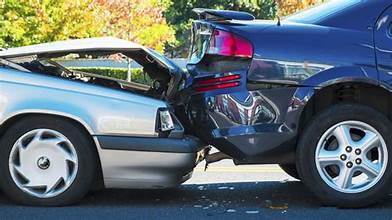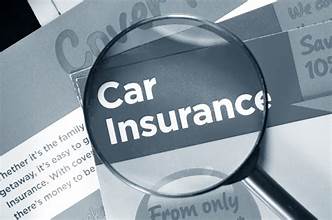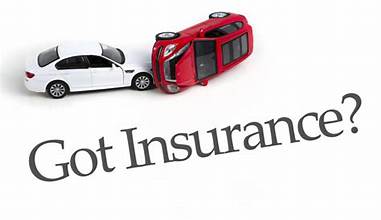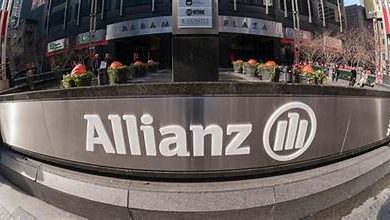
Understanding the Surge in Car Insurance Costs
In recent years, car insurance costs have experienced a notable surge, leaving many consumers puzzled and frustrated. From the bustling streets of urban centers to the quiet roads of rural communities, drivers everywhere are feeling the pinch of these skyrocketing premiums. But what exactly is driving this unprecedented rise in car insurance rates?
Factors Contributing to Escalating Premiums
Several factors contribute to the escalating premiums observed in the car insurance industry. One significant factor is the increasing frequency and severity of auto accidents. As more vehicles populate the roads, the likelihood of collisions rises, leading to higher insurance claims and subsequently inflated premiums.
Moreover, advancements in vehicle technology, while enhancing safety features, have also led to more expensive repairs. Modern cars are equipped with sophisticated systems that, while effective in preventing accidents, come with hefty price tags when repairs are necessary. Consequently, insurers must adjust their premiums to offset these rising costs.
Additionally, the economic landscape plays a pivotal role in determining insurance rates. Unforeseen events, such as natural disasters or economic downturns, can destabilize the market and compel insurers to reevaluate their pricing strategies. Furthermore, regulatory changes and legal developments often necessitate adjustments to insurance premiums, further complicating the pricing dynamics.
Impact on Inflation: Unraveling the Connection
The surge in car insurance costs is not an isolated phenomenon but rather a component of a broader economic trend: inflation. Inflation, the sustained increase in the general price level of goods and services, has wide-ranging implications for consumers, businesses, and policymakers alike.
Role of Car Insurance in the Inflationary Landscape
The correlation between car insurance costs and inflation is unmistakable. As insurance premiums rise, consumers are forced to allocate a larger portion of their budgets towards car insurance, leaving less disposable income for other expenses. This shift in spending patterns can have cascading effects on consumer behavior, impacting demand for various goods and services and potentially contributing to inflationary pressures.
Furthermore, inflation erodes the purchasing power of consumers’ dollars, making it increasingly challenging for households to maintain their standard of living. As essential expenses like car insurance consume a larger share of income, discretionary spending may decline, hindering economic growth and exacerbating inflationary trends.
Ripple Effects Across the Economy
The repercussions of rising car insurance costs extend beyond individual consumers, permeating throughout the broader economy. Businesses, for instance, may face higher operating expenses as they grapple with increased insurance premiums for their fleets of vehicles. These additional costs can trickle down to consumers in the form of higher prices for goods and services, further fueling inflation.
Moreover, inflationary pressures stemming from car insurance costs can prompt central banks to adjust monetary policy to maintain price stability. Interest rate hikes, for example, may be implemented to curb inflation and stabilize the economy. However, such measures can have implications for borrowing costs, investment decisions, and overall economic activity.
Navigating the Landscape: Strategies for Consumers and Insurers
In light of the escalating car insurance costs and their implications for inflation, both consumers and insurers must adopt proactive strategies to navigate the evolving landscape.
Consumer Empowerment Through Comparison Shopping
For consumers grappling with rising car insurance premiums, comparison shopping emerges as a powerful tool for mitigating costs. By obtaining quotes from multiple insurers, drivers can identify insurance policies offering competitive rates and favorable coverage options. Furthermore, leveraging discounts for safe driving habits, bundling policies, or maintaining a clean driving record can yield additional savings.
Insurer Innovation and Risk Management
Insurers, on the other hand, must prioritize innovation and risk management to address the challenges posed by escalating car insurance costs. Embracing advanced analytics and telematics, for instance, enables insurers to better assess risk profiles and tailor premiums accordingly. Additionally, investing in preventative measures, such as promoting driver safety initiatives and incentivizing vehicle maintenance, can mitigate the frequency and severity of accidents, ultimately reducing insurance claims.
Conclusion
In conclusion, the surge in car insurance costs is a multifaceted phenomenon with far-reaching implications for consumers, businesses, and the broader economy. As insurance premiums continue to climb, the connection to inflation becomes increasingly apparent, underscoring the need for proactive strategies to navigate this challenging landscape. By empowering consumers through comparison shopping and fostering innovation in risk management, stakeholders can work towards alleviating the inflationary pressures associated with rising car insurance costs.




